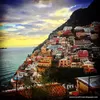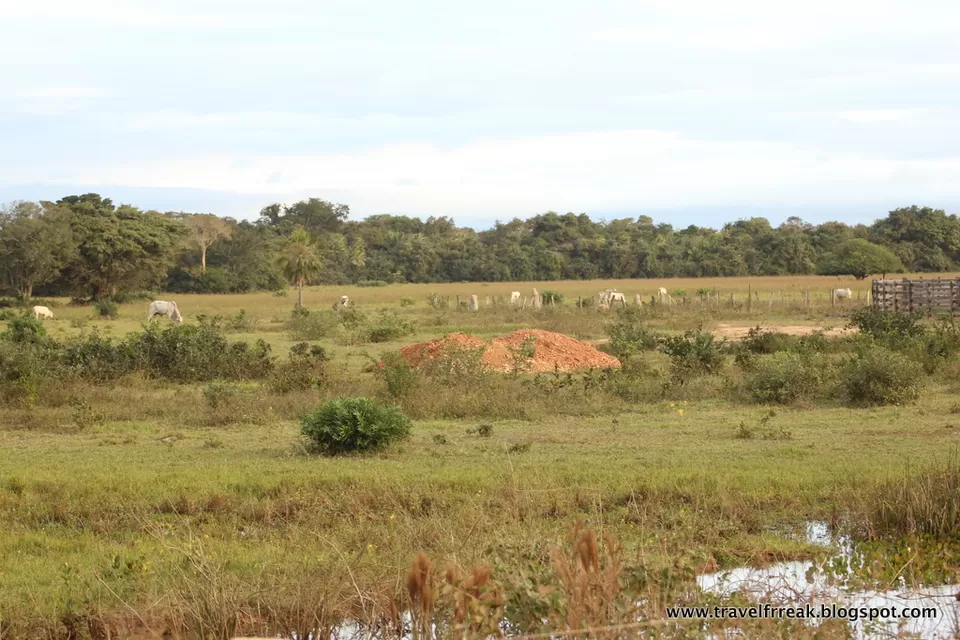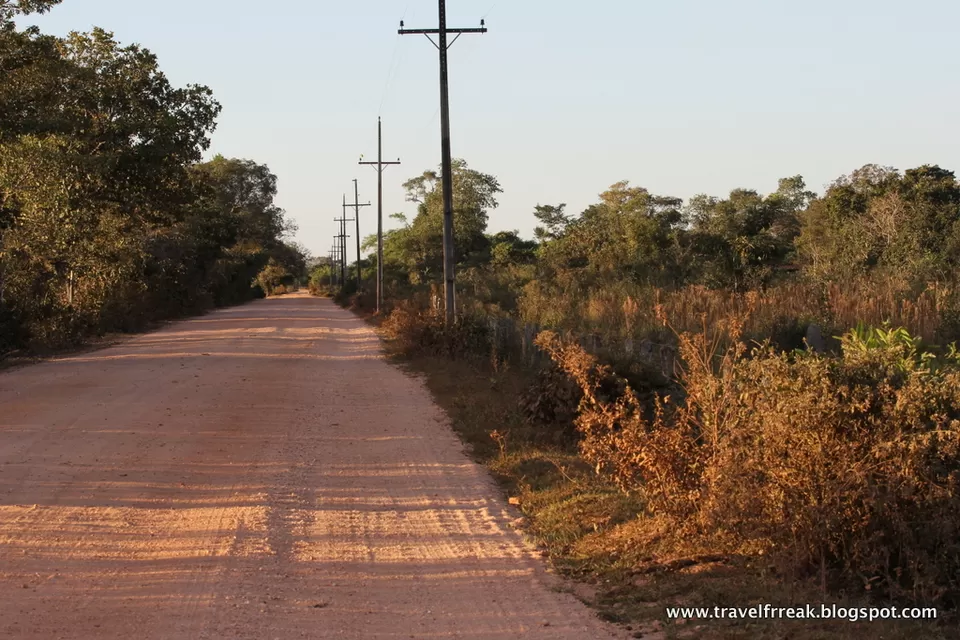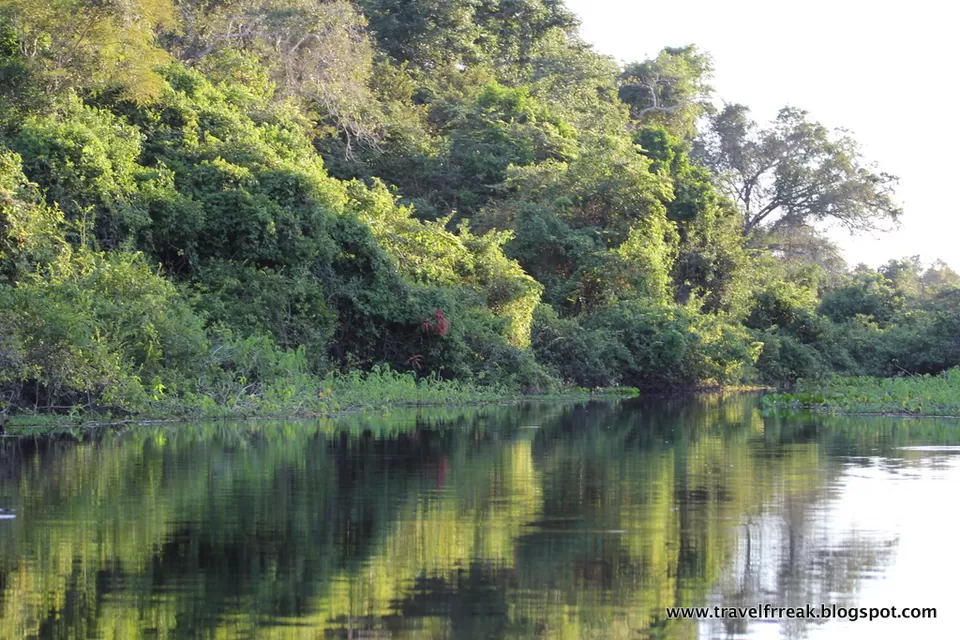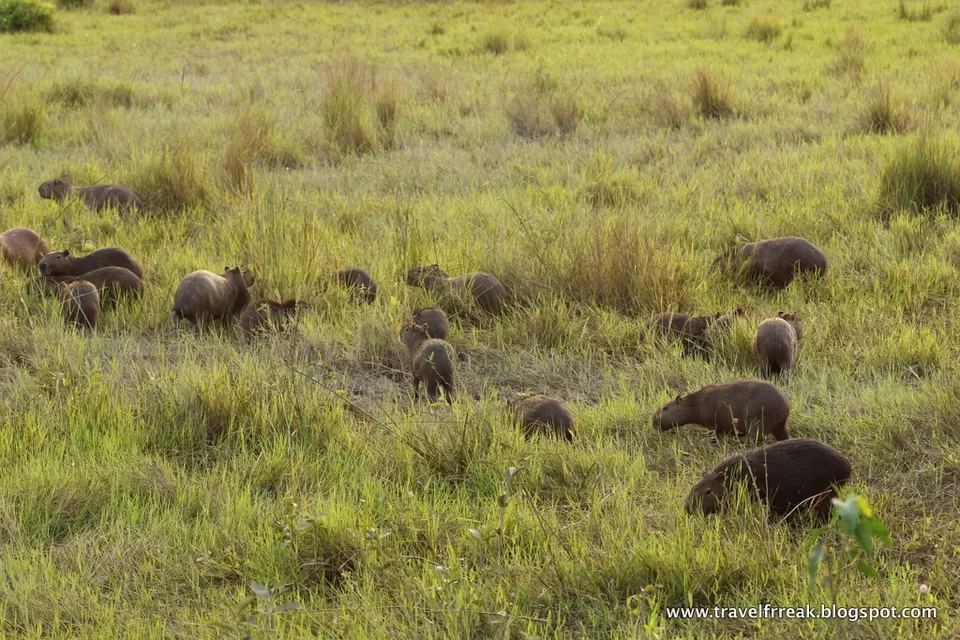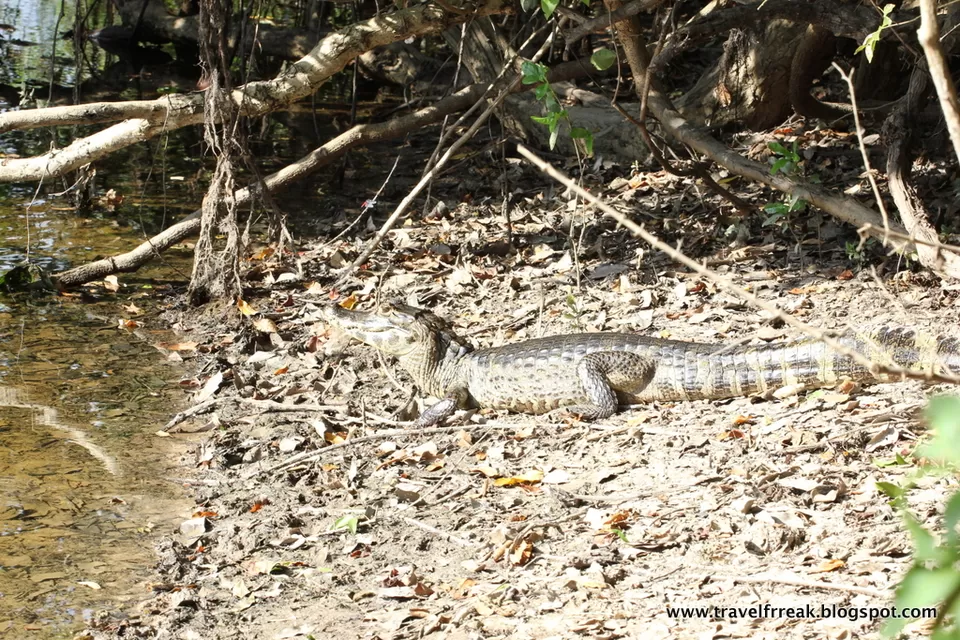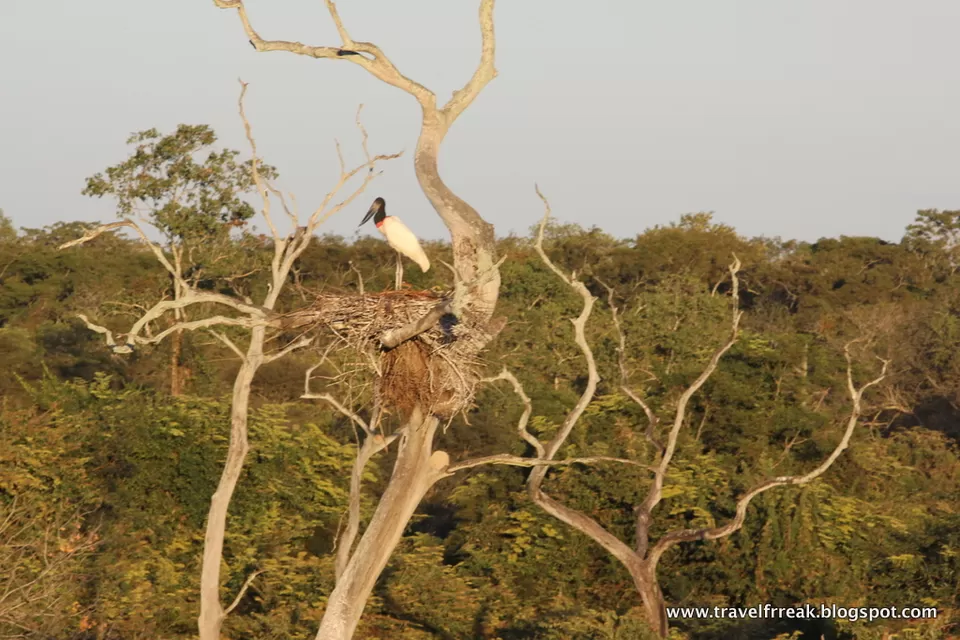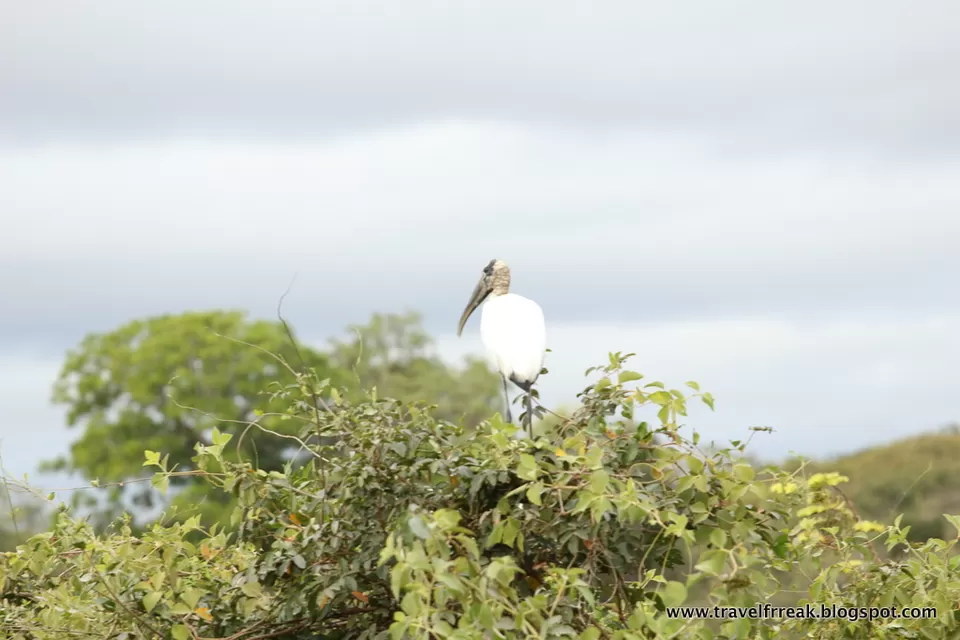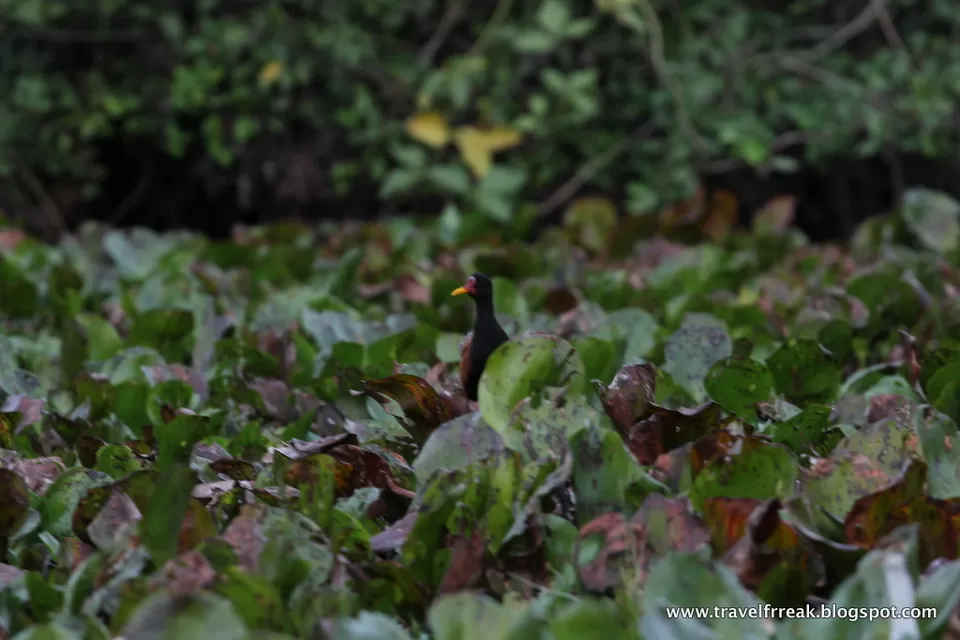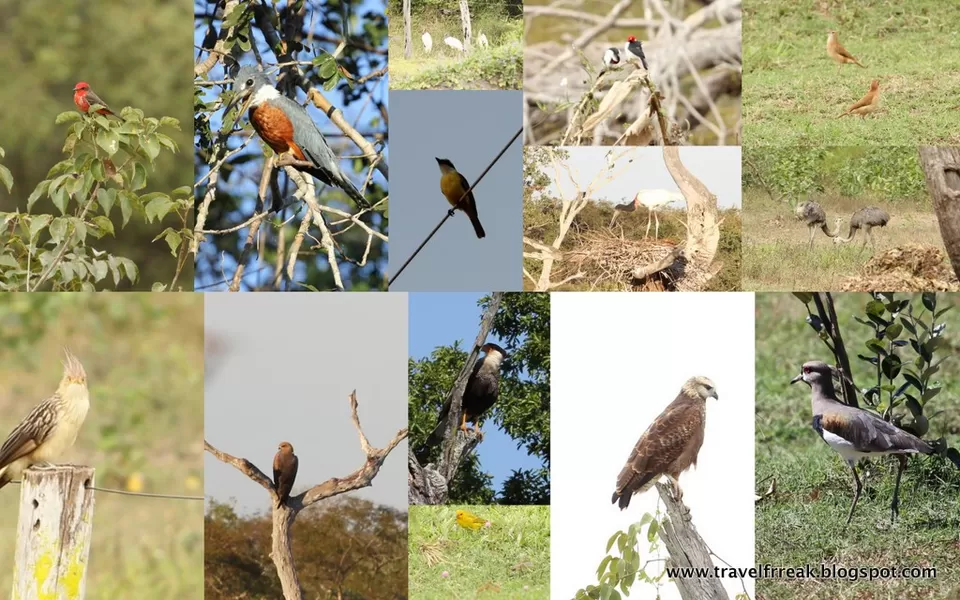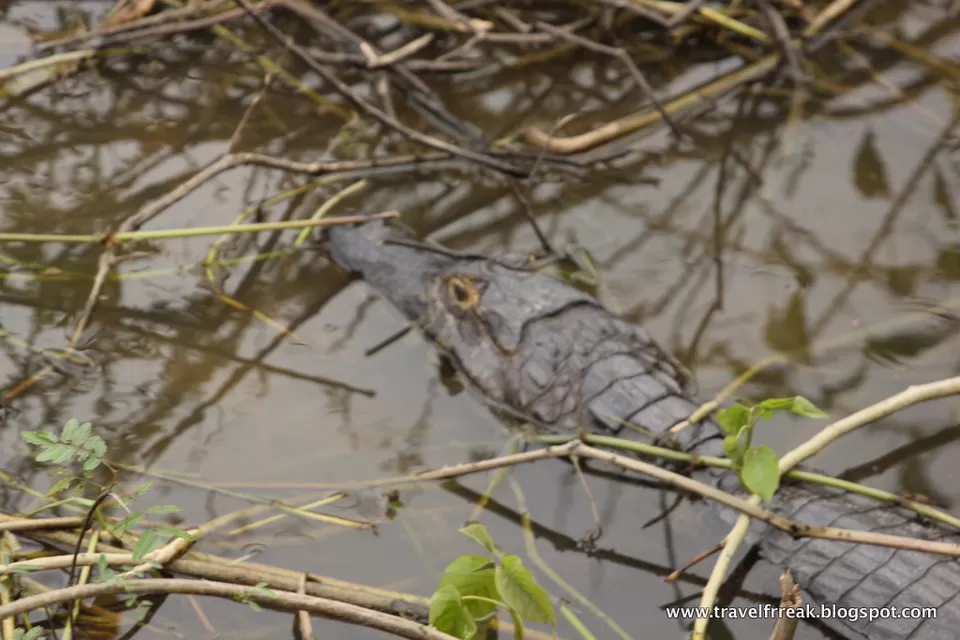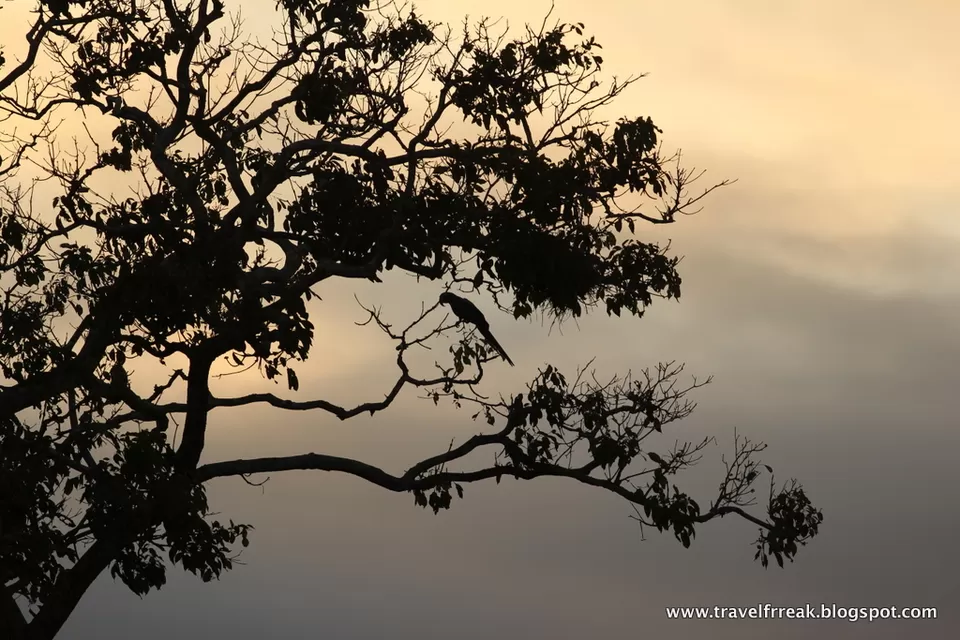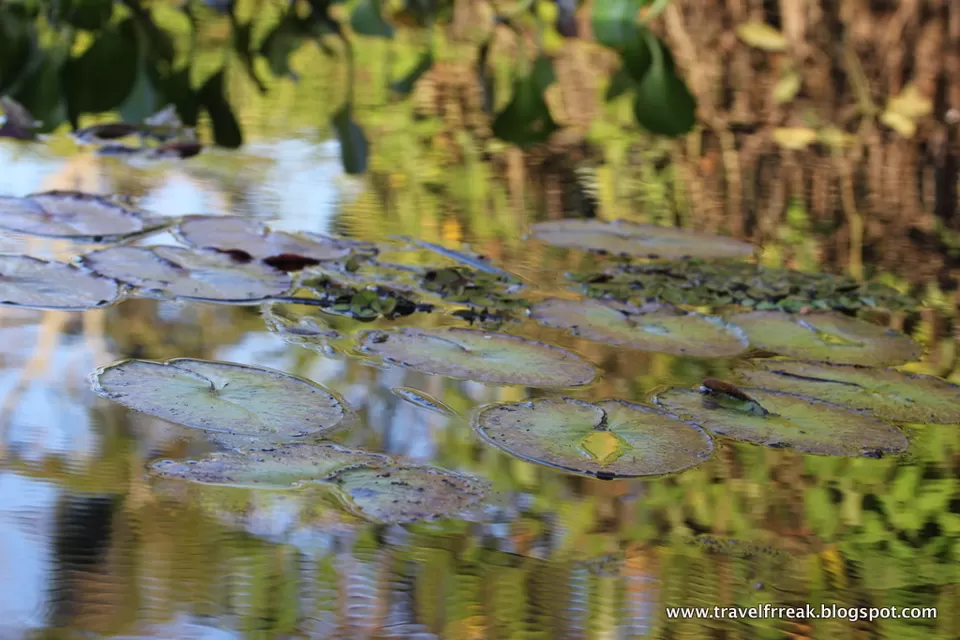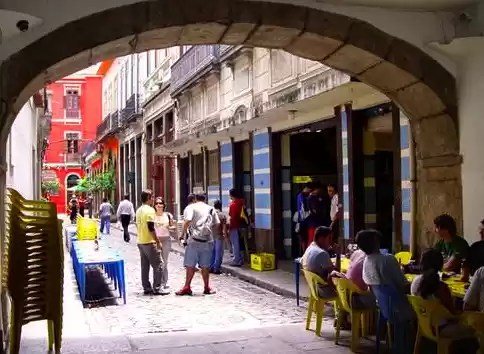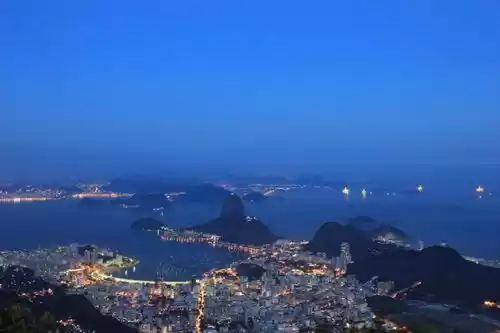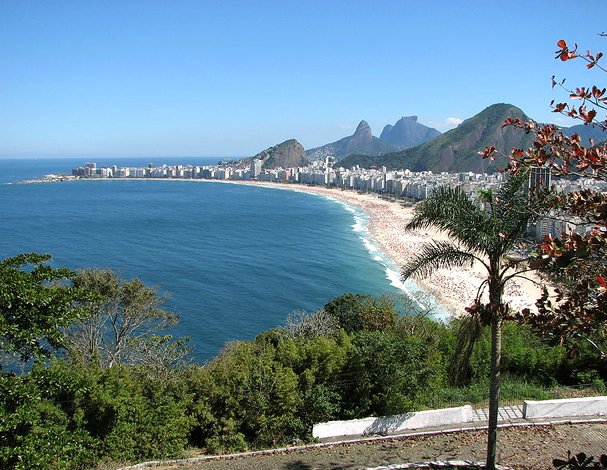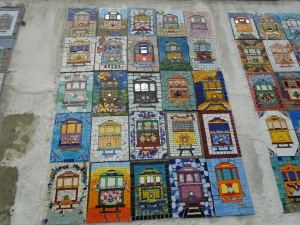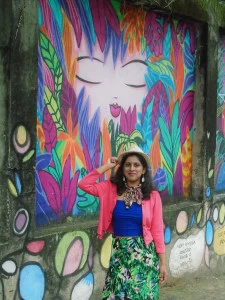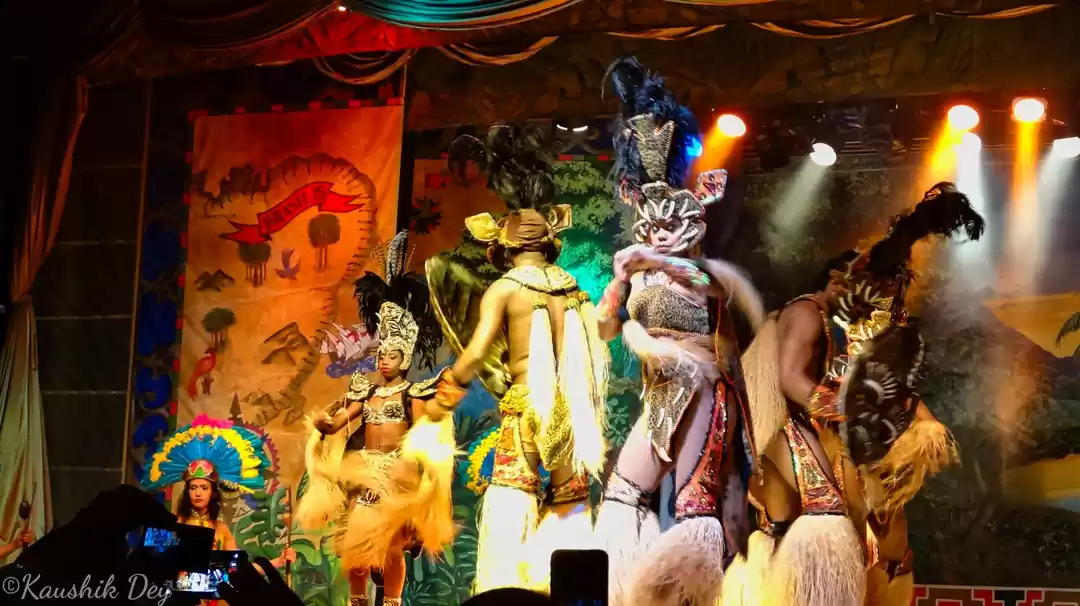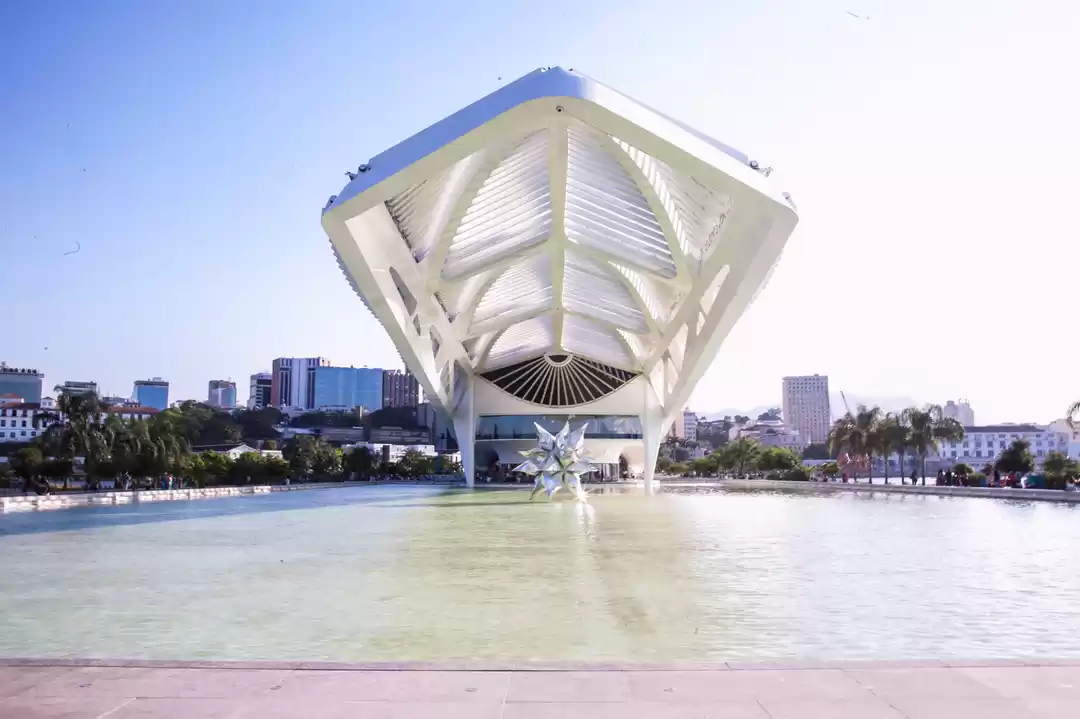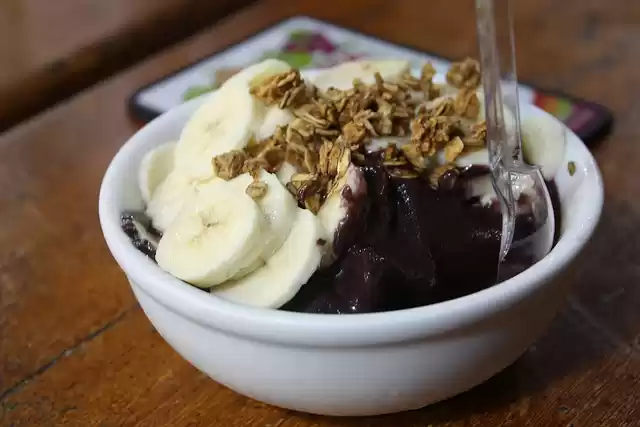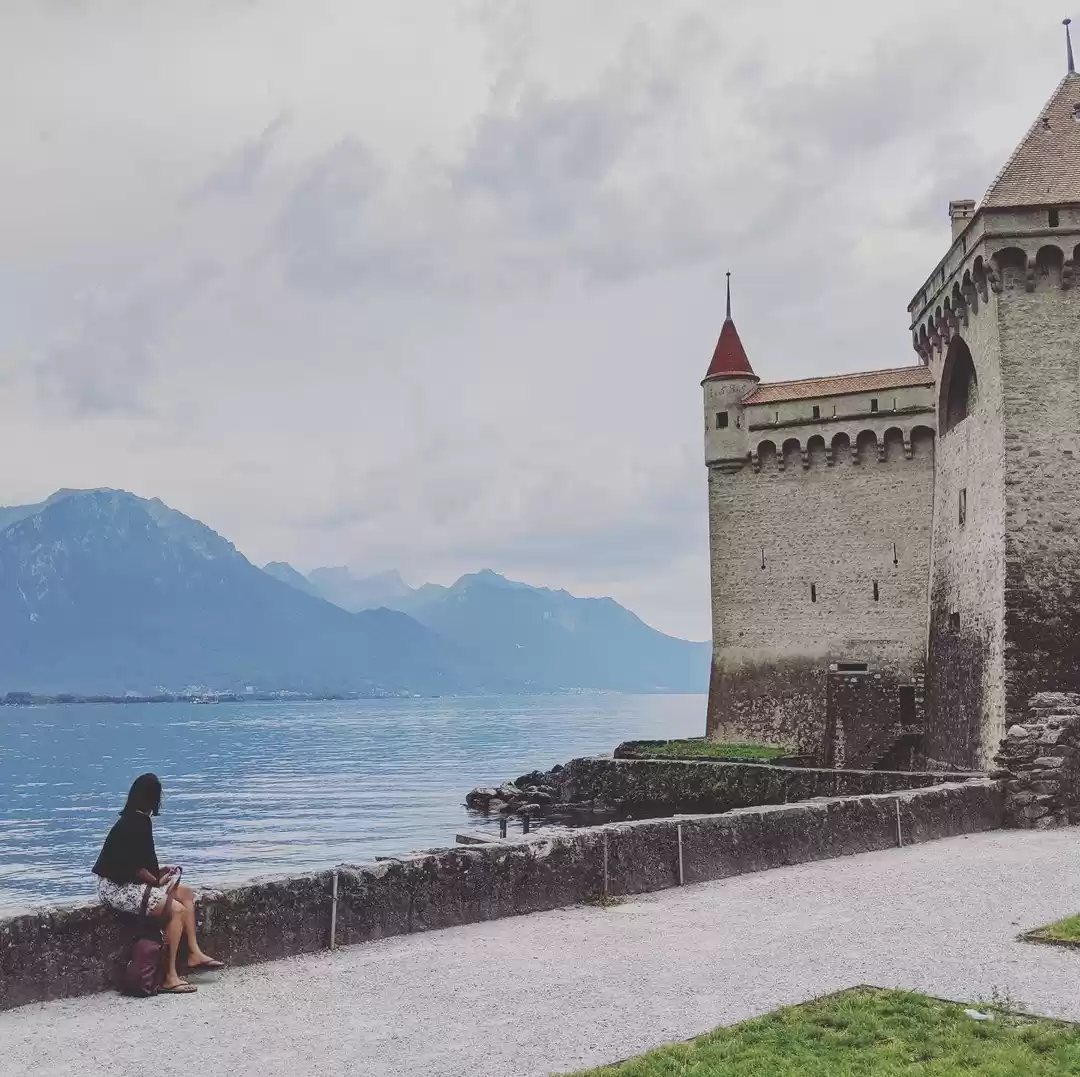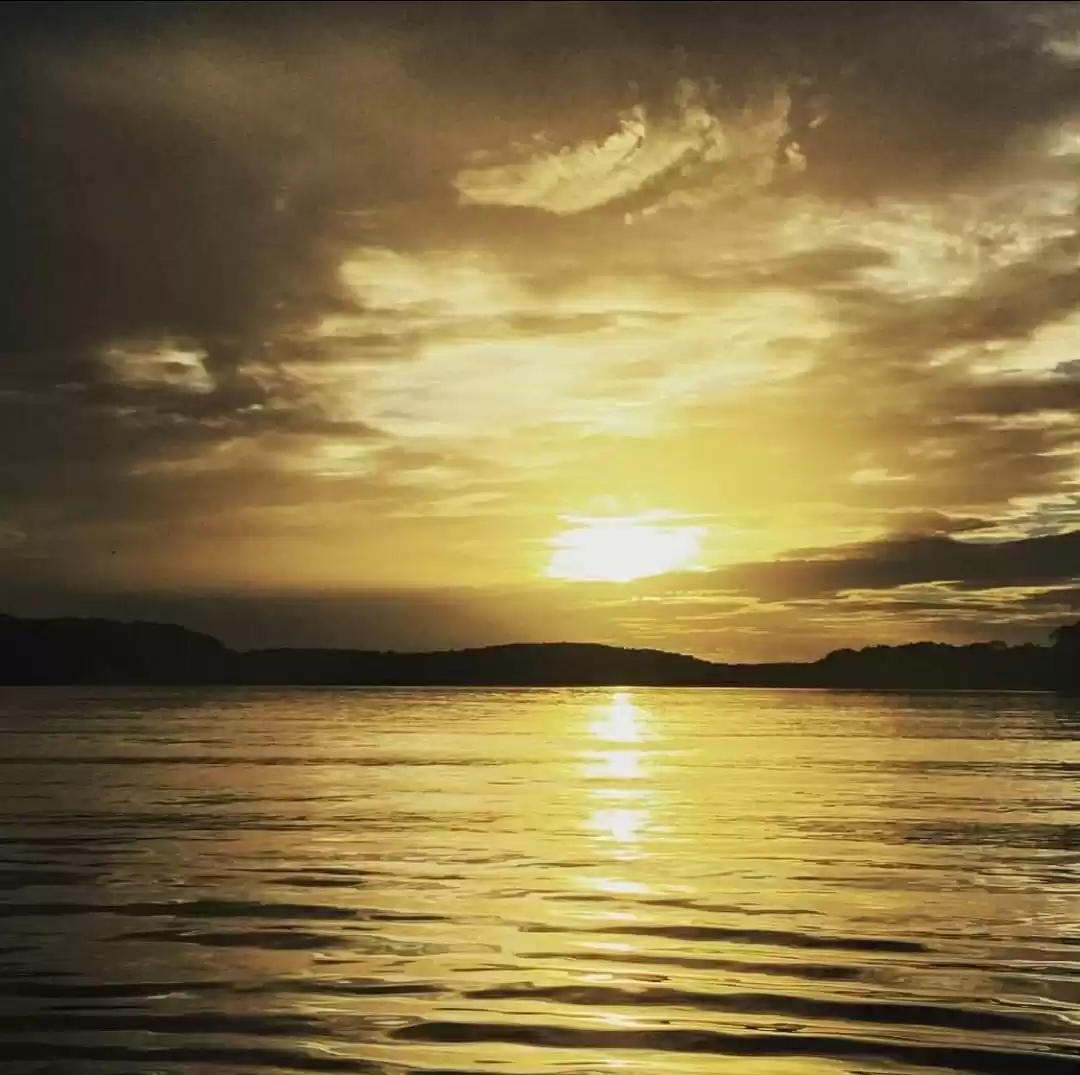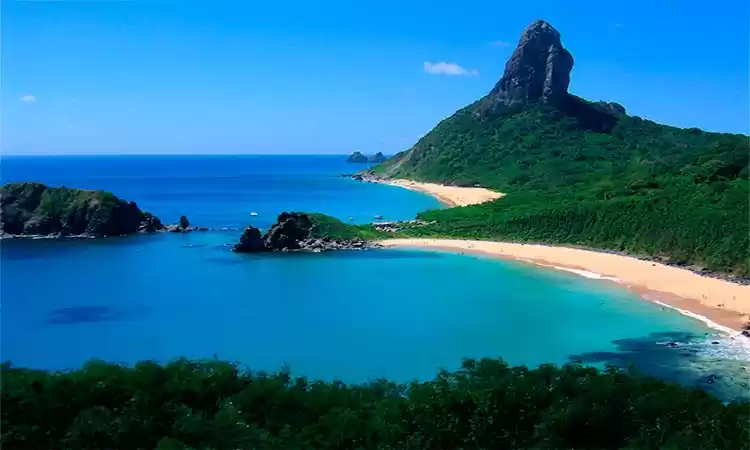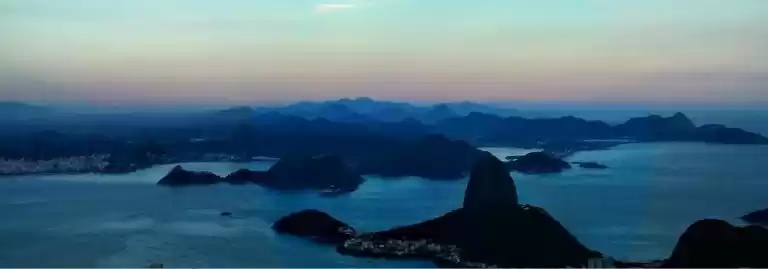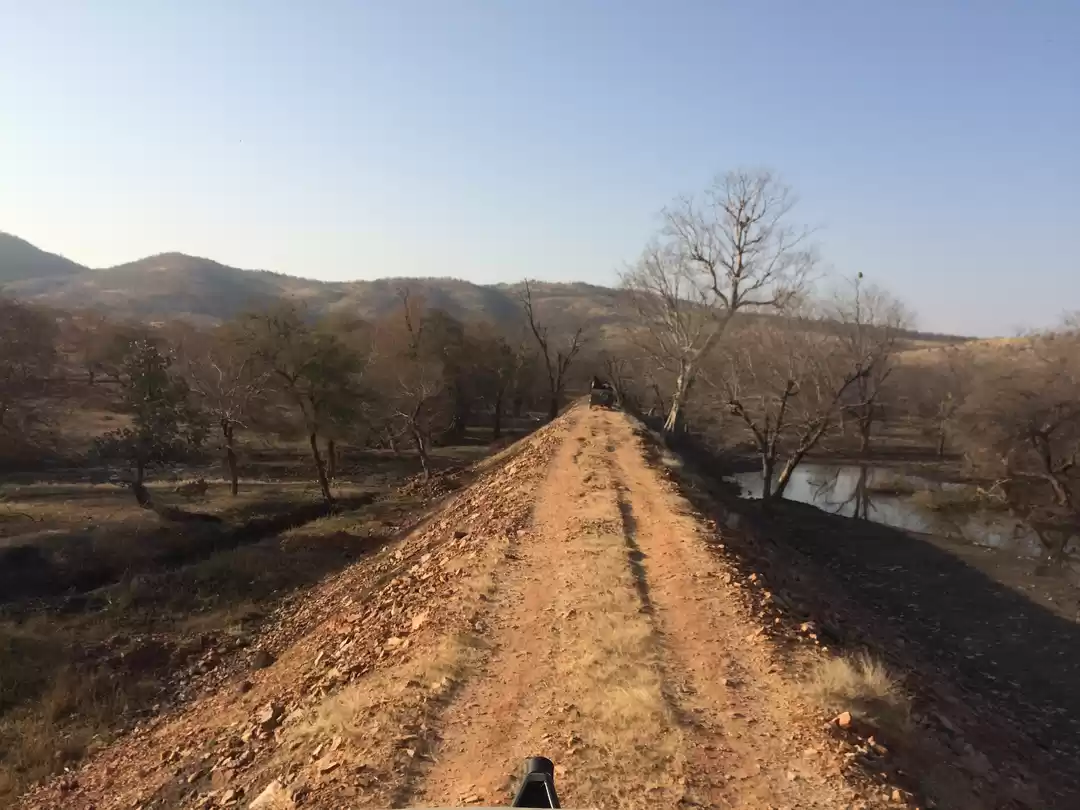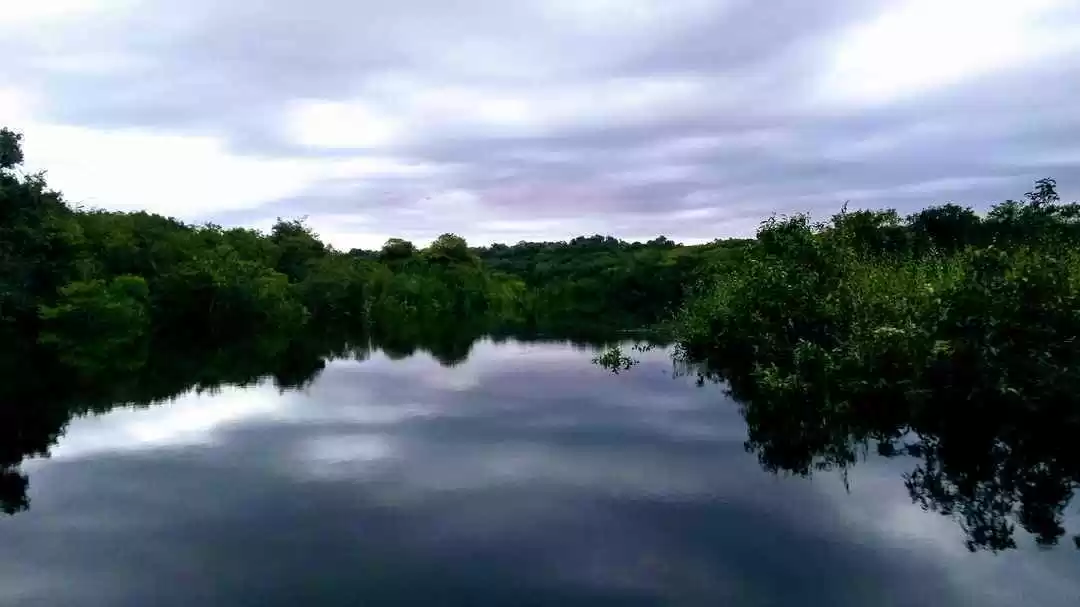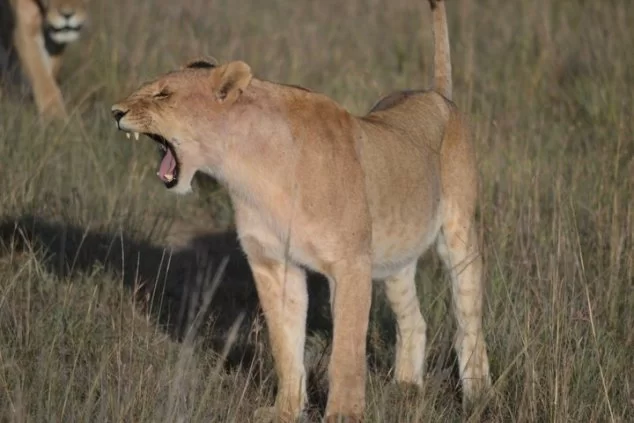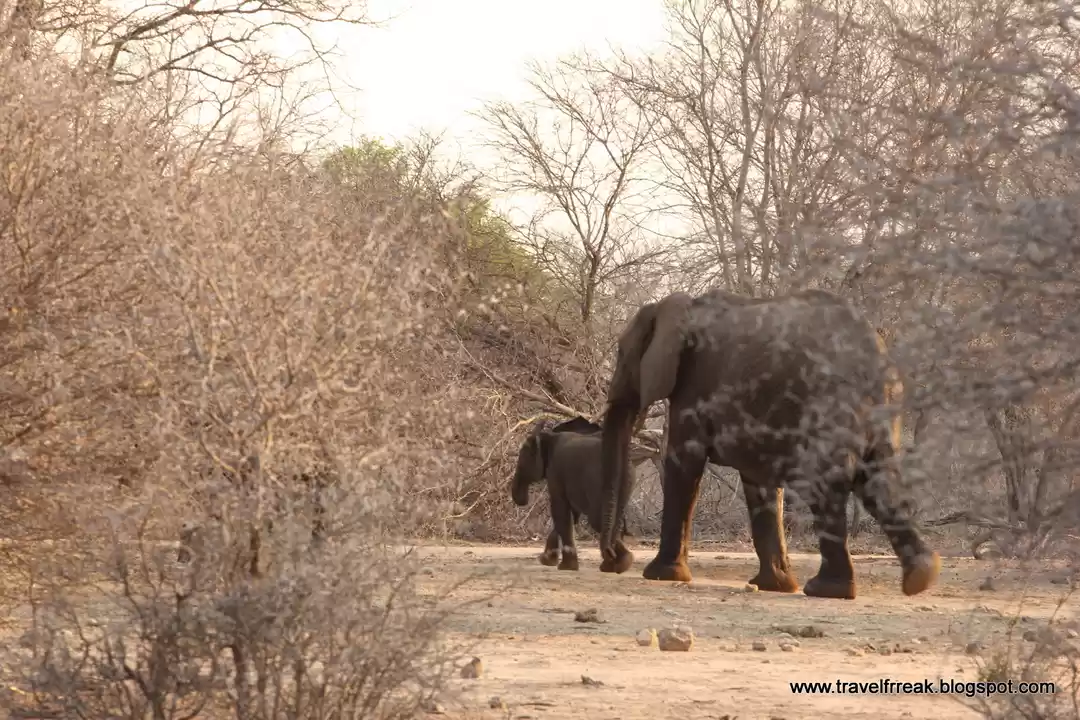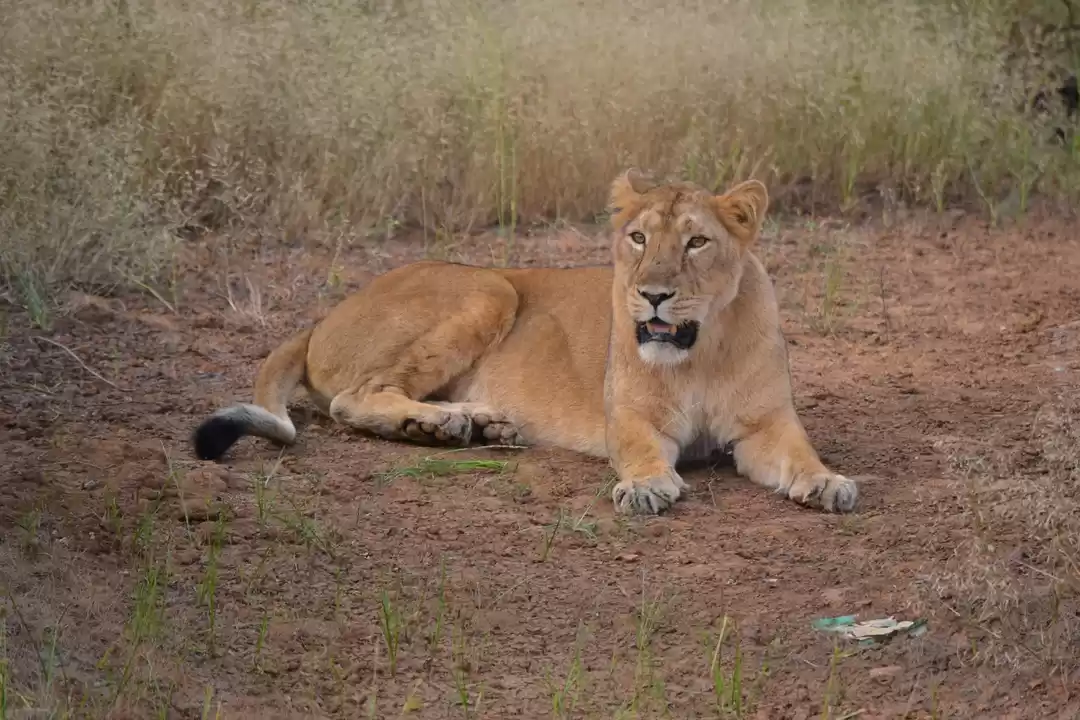












This trip was originally published on travelfreak
Pantanal was the last stop on our Brazilian vacation, after Rio de Janeiro and Fernando de Noronha. Its the name of the huge South American wetland, spread across South-west Brazil, Bolivia and Paraguay. The area is under water for most part of the year and hence is full of dense vegetation and varying wildlife. Its a good alternative to the Amazon forest, as its a lot easier to get to than the rainforests, plus apparently its easier to spot animals here as the forests are not as dense.
Getting there
If you are in Brazil, you can enter the Pantanal from the North through the city of Cuiaba or the South through the city of Campo Grande. To enter Pantanal, you need to drive on the Transpantaneira road, which connects Pocone - the entry town to Pantanal, cutting across the Pantanal right up to Porto Jofre. This is the lifeline of the area, is unpaved and apparently was never completed! There are many Pousadas lining the Transpantaneira where you can stay and explore the area. These were actually Faziendas or ranches which now serve as tourist accommodation.
We flew to Cuiaba from FDN, and then were picked up by transport from our Pousada itself, which was located approximately 38 kms inside the Pantanal. The whole drive took us about 2 hours - 1 hour till the city of Pocone and then an hour on the Transpantaneira to our Pousada in the Pantanal.
The Transpantaneira road is red and extends till where your eyes can see. There was a very old world kind of feeling about it - red mud unpaved road going into areas rarely visited. It gave quite an exhilarating feeling when we first entered this area. And it felt all uninhabited all around. There were no houses, no people on the roads, just silence and sounds of the birds. Once in a while some tourist vehicles would cross, or you would cross a fazienda as you drive - and that was it. The only people who stay here are the tourists and the fazienda owners, and thats about it. The rest is just open lands on both sides and the hundreds of animals and birds which are part of this ‘open zoo’, as our guide liked to call it.
Wildlife watching
We spent three days in the Pantanal, exploring the areas nearby, on foot, cycle, boat, horse and jeep (all possible modes of transport actually). The best time to spot animals is in the mornings and evenings when the weather is cooler and the animals are out and about for food.
The first day we drove from Cuiaba, we spotted lots of animals and birds around the Transpantaneira itself and that was true for the rest of the days too. There are many more animals around the main road, than inside the Pantanal which felt quite counterintuitive. The same day, we took our cycles and went cycling on the same road, looking for animals on our own. It was fun, though a bit inconvenient as the cars which were crossing us were stirring up a lot of sand! We saw some birds but came back soon, as were a bit scared to be out in the open where there is no one to ask for help or even direction.
The next two days we did not come out to the main road much - we went horse riding one morning, on a boat ride within the Pousada and then walks within their lands again. The horse riding was a bit of a flop show actually, it was a 3 hour ride in the sun where we did not see a single animal!! The boating definitely was better - we went on a river nearby, which was full of hyacinths everywhere and the banks were all swamped with water. We spotted hundreds of birds there which was fun (and cool!).
One morning, we went for a walk to the local watch tower which was within the Pousada. It was a nice walk, though we did not see much other than the usual birds. We did spot a Jabiru stork sitting on top of a tree, trying to find material to rebuild its nest. Everytime it would fly off, tens of parrots would come to its nest trying to destroy it. The Jabiru would come back and shoo them all, then go away again and the same thing would repeat!
The last day, we went on a jeep safari next to the Transpantaneira which in hindsight was the best option. As I said earlier, there are always loads of animal sightings next to the main road. This is because, when the road was constructed, lots of gaps were created just next to it. Over the years, water collected in these gaps and now they are all small ponds - a source of water for the animals in the dry season. So they turn up there to quench their thirst all too often, making it the easiest place to spot them!
Of all our trips, we spotted the maximum animals during this jeep ride. It was a 3.5 hour ride all together, driving deeper into the Pantanal. And in one trip we spotted the anteater, cappybaras, macaws, toucans, swamp deers, cutias, caimans and many many birds. While coming back, we tried spotting animals using spotlights that the guide shone all around. It did not work too well, but am sure sometimes it does. And I should say, doing the jeep safari is definitely a better option that going for the horse riding or walks that we did.
Overall, we did not spot as many animals as we expected as they hid in the high bushes all around. We spotted carpuchian monkeys jumping in the trees and creating a nuisance; an anteater eating away next to the Transpantaneira; a herd of about 20 cappybaras with 18 of them children lazing around in the grass; a couple of marsh deers; cutias scurrying on the roads; and 20-30 caimans. The caimans were the easiest to spot - 50% of the water bodies had the caimans sitting next to it lazily, or swimming sneakily. We also tracked a tapir couple of times, but never got to see it!
In the Pantanal, the other commonly seen animals are the armadillos, tapirs, anacondas and the jaguar. We did not get to see any of them:(. I read somewhere if you go deeper into the wetlands, you increase your chances of spotting these animals, so that could have been one reason. I personally think that spotting wildlife in the wild is so different than seeing in a zoo that you need to go with a lot of patience, and luck also plays a big part, so it may just happen that you don't spot much!
For us, therefore it was the birds which were the highlight of the trip. There are hundreds of different species of birds in the area, and they are all over the place. We must have spotted over 50 types ourselves. Birds are tough to photograph though, sit far away from humans, don't stay still and fly off at the slightest distraction.
But their colours are amazing. We saw birds everywhere and had become experts at spotting them and naming a few too! There were hawks (savannah, roadside) and kites perched on top of the fences and high trees; red headed colourful cardinals, saffron finches, red vermillion fly catchers, orange troupials and red vermillions prancing around; tall herons, storks and egrets walking around the water bodies; orange kingfishers looking for their prey; yellow cescedes singing beautiful songs; huge rheas strutting around; Amazonian parrots and parakeets making lots of noise; macaws sitting on palm trees and making a ruckus; toucans flying around in pairs; chachalacas not flying off the roads; huge ibis sitting on the trees; woodpeckers; orange water jackanaras peeping from the water hyacinth; nacubius and silver beak tanager (was actually deep red though it looked completely black) flying off into the bushes; and so on. We saw so many birds, its tough to list them all out - here are just a few of the nicely photographed ones. (check the names)
There was a large pond in front of our chalet which is where we got some of our best bird shots - we just sat there in the afternoons, with the zoomed camera on a tripod and birds came flocking by to be photographed. It did need a lot of patience though. One of the mornings, we also spotted a caiman swimming right in front of our chalet in the huge pond. I had gone looking for it the previous night - its lucky that I didn't spot it, would have been quiet a scare!
During one of our walks in the forest, our guide also told us about some of the interesting trees out there, it felt like a jungle survival walk:). He cut an exposed root of one of the trees from which water was dripping - its apparently used by the locals to find water when lost in the jungle. Another one when cut would ooze a white milk which was a great antiseptic. And then he showed us a tree with cotton growing on it!
The guide also once broke a small part of a wood termite hill from which he picked up the termites on his hand and rubbed them - the locals use that as anti-repellant perfume. I could not try it, though everyone in the group including my husband tried it. It did have a very fresh deodorant kind of smell though! The guide also pointed to us the fire red ants which can cause a person to paralyse. We of course chose to stay away from them and observe from afar
(Its a separate fact that there are no local natives left in the region anymore, either they've all been killed or constrained within the reserves. All we have now are stories of what they used to do when they lived in these areas)
The Pantanal was very green just next to the water bodies, with dense trees and bushes. And in the dry season, the rest of the area become yellow and dry, and the vegetation also all dried up. There were many pretty scenes everywhere, especially around sunset.
Also there were hundreds of cows and horses everywhere on all the ranches - the whole area felt a lot like the Australian outback/Texan ranch style. The cows in this region have been brought from India - they are called the skinny cow/ brahmin cow or zebu cows. The cows made it feel a bit like home too, reminding me of views of rural India. Sigh!
One interesting aspect of the area is that the water is very acidic - so its very clear and there are no poisonous animals anywhere. Also, the clear waster makes it easier to spot wildlife like caimans and anacondas in the water (still needs luck though!).
When we were there it was very hot on two of the days, but then a wind came from the South and it got cloudy and chilly (and even rained in the dry season!!) for the last two days. But overall the weather was very hot and humid. We would finish our outdoor activities in the morning before 10 and then continue in the evening after 4. The afternoon in between was spent lazing around in the Pousada or just waiting with the camera for the birds to come and be photographed! Its so hot, its just not worth going out in the afternoons.
The nights were prettier - clear skies, quiet environs and twinkling stars. You still had to stay inside though because of the mosquitos, so reading or watching something online was all we could do.
The Pousada
We stayed at Pousada Estancia Vitoria, about 38 kms on the Transpantaneira. Its a nice lodge, about 700 metres off the main road. The manager Joao was the driver cum guide cum head water, all in one. He was of German descent, but born and raised in Brazil. He was very good at his job, talking to all who were staying there and making sure everyone's stay was comfortable. And it was!
The advantage of staying at this lodge was that the staff as well as the guides all spoke English. They had huge lands and ran their own jungle trails, rented cycles (or free), as well as had horses and boats for the various excursions. Basically once you are there, they managed your itinerary for you. The chalets where we stayed were orange in colour, quite basic but extremely comfortable. Our chalet faced a large pond and looked out onto the wild, which made it quite enjoyable.
The best part of staying at this lodge though was the food - it was the first time in our stay in Brazil where we found tasty vegetarian food. The lodging includes all the meals, and their food is buffet style - with lot of salad options, as well as vegetarian dishes. We loved it and ate well at all the meals.
The Pousada also has its own pool, which was good to laze around in the sun. The whole estate was quite relaxed and had a lazy feel to it. The staff was good and helpful. The wi-fi was also of a high speed. I was very impressed with how comfortable the place was and how developed Brazil is. Getting internet and all other facilities in the middle of nowhere is quite impressive. It definitely felt more developed than India! Other than the mosquitos though - there were loads of them at night making it tough to stay outdoors.
One thing about the Pousada though initially irritated us a lot. Before arriving, we had a bit of a problem with our flight, as the connecting flight was delayed and we missed our flight. Contacting the Pousada by phone and email created a bit of a confusion, and our contact - Gunter cancelled our reservation the night we were to land). It was quite a hilarious situation, and Joao managed to salvage it. But my first reaction was - this is not the way to work when you are in the hospitality business. Getting annoyed and cancelling a reservation because a client has changes to their itinerary or was not able to communicate on time is not really the way to go. Anyways as I said, Joao managed the situation well, so our stay at the place was very smooth.
Overall, I enjoyed the stay in Pantanal - it was like being in the wild, far away from any civilisation. The air was clean (though sandy!), time was slow and we totally relaxed. The one regret I do have is that we did not see all the animals we wanted to. It could be either because of our luck, or the wrong weather, or just being at the wrong location. Either way, my expectations were not met in terms of the animal sightings I was expecting. Maybe thats for another time!
This trip was originally published on TRAVELFREAK.

